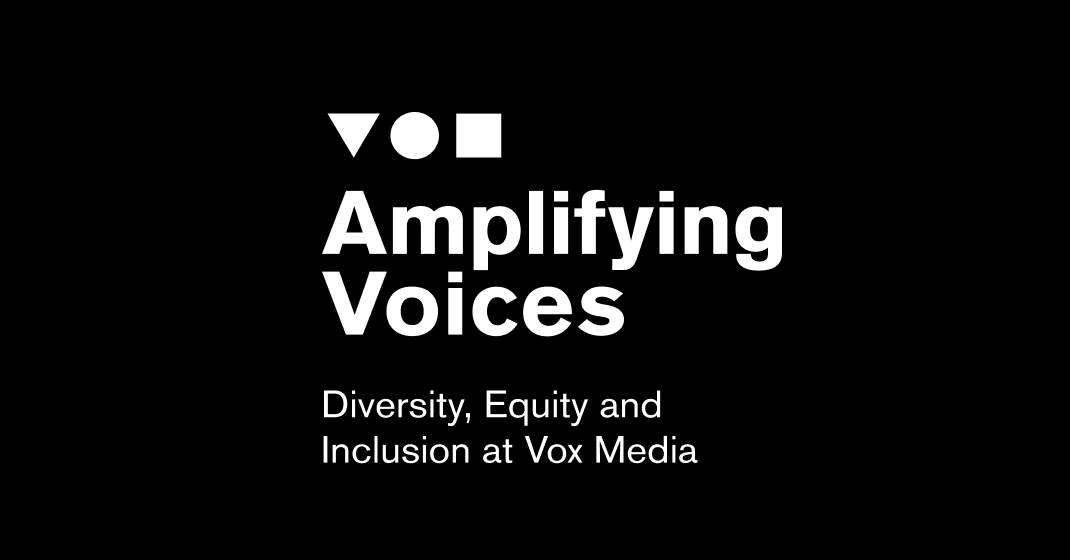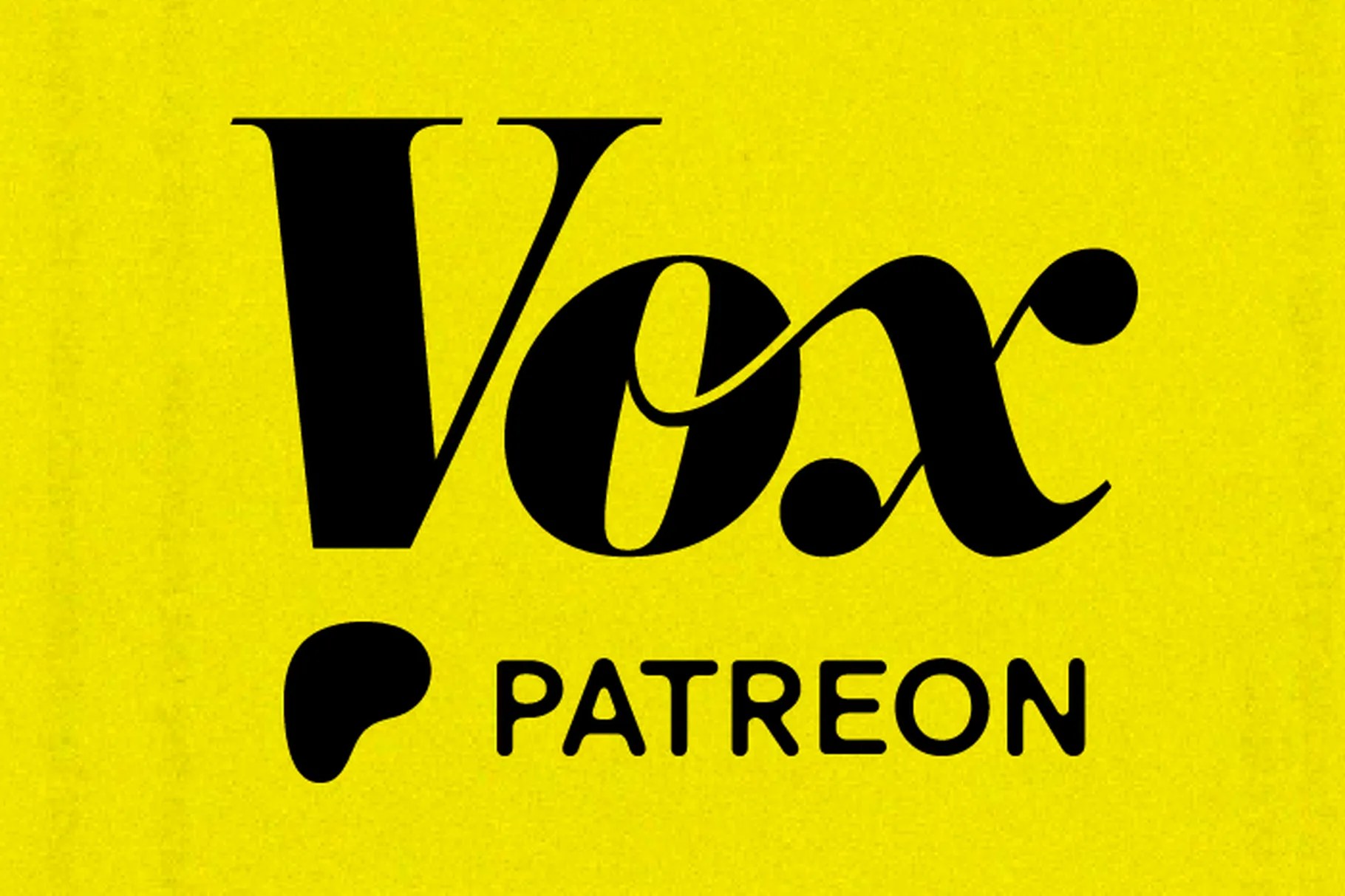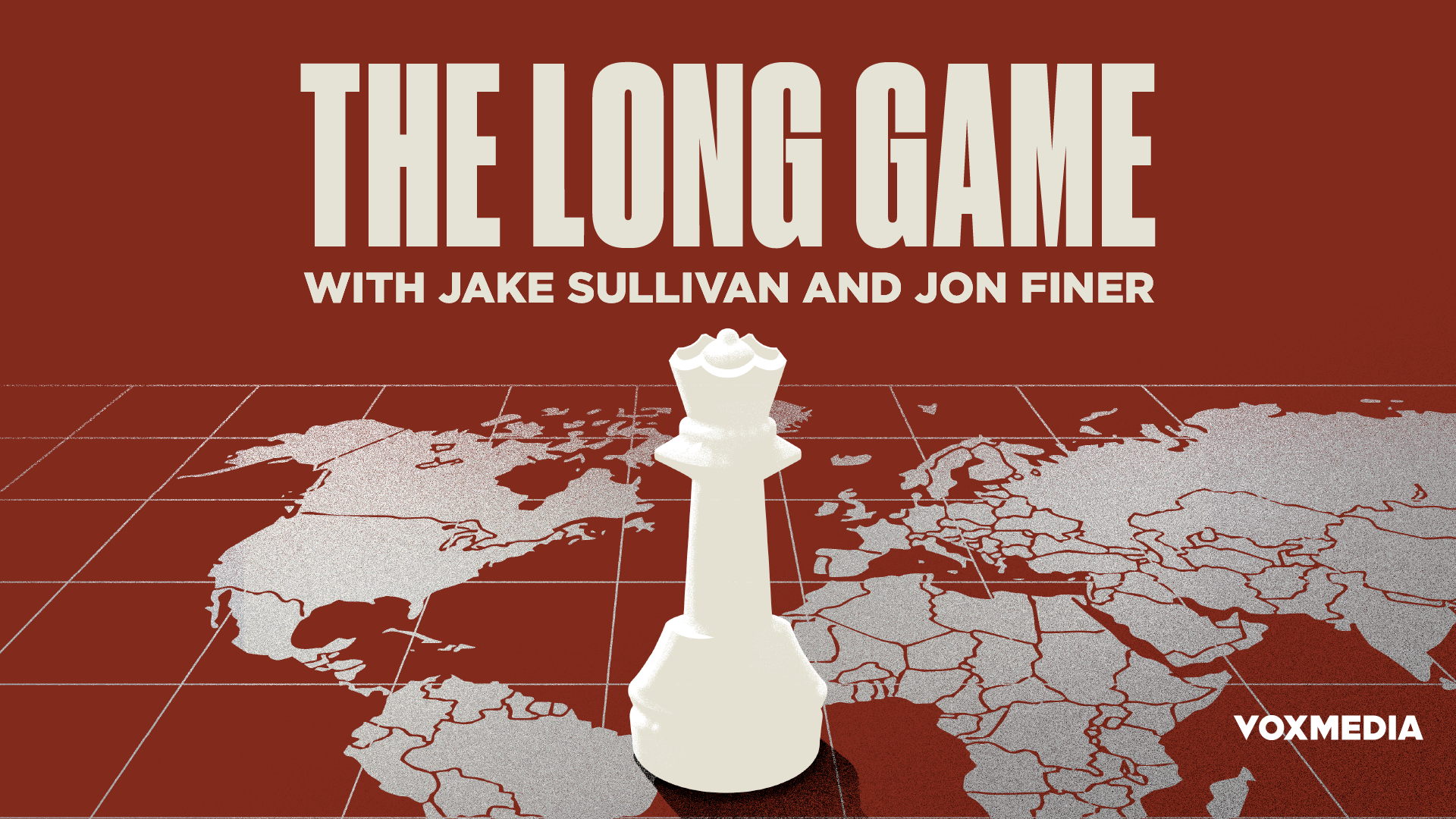This note from Vox Media’s head of diversity, equity, and inclusion (DEI+) provides background on the design of the project: why Vox media took on this project, and how its launch is just a starting point.
I had been at Vox Media for just a few weeks in January 2020 when one of our journalists sent me their story asking if I could read it — a request made on deadline and meant to improve their story by checking their biases as a reporter. Then another asked me, and another. It was a good sign: There was engagement with my role throughout the organization. But here’s the thing: There wasn’t a sustainable system to support that desire. I couldn’t be an inclusivity reader for every story we publish.
This is something journalists encounter daily: When news breaks, too many newsrooms are left scrambling, trying to create standards around complex, sensitive topics while juggling deadlines and their own staff’s potential lack of representation and unconscious biases. And for underrepresented communities, it can often feel like a thorny path toward equitable progress because our colleagues don’t give the time or have the tools to intentionally engage in meaningful ways. This work can be so overwhelming at times — where does one even start?
For Vox.com’s Style and Standards Editor Tanya Pai, it started with one letter. A few months after I joined Vox Media, as protests over George Floyd’s murder filled the nation’s streets, many newsrooms made a change to one letter in their style guide: The ‘b’ became ‘B’ in Black when using the term in an ethnic, racial, or cultural sense. Others decided to keep it lowercase.
As Tanya watched these discussions, she wondered how much more difficult it might be for newsrooms or journalists who didn’t have the resources or the support to interrogate these questions and make decisions like this one, just as I was wondering how we could create a sustainable system to support our editorial teams.
She reached out to me with an idea on how to help. And a group of us spanning editorial, DEI+, product, and design started to dig in. We found ourselves, at times, with more questions than answers:
How do you bridge the gap when you are that journalist who doesn’t have the same identity or lived experience as the audience you are trying to cover stories for? How do you collaborate with colleagues, especially journalists from underrepresented communities, so they are valued and full participants in a newsroom? How do you repair damage done to your audience for the reporting that has been told through an ableist, patriarchal, and white supremacist lens? How can reporting truly be objective when every reporter arrives at an assignment with a lifetime of built-in biases?
Over two years, involving countless hours of work; contributions from more than 70 writers, editors, scholars, DEI+ professionals, and advocates inside and outside Vox Media; and research building on the work of dozens of organizations, we’ve found some answers, struggled to find others, and discovered many more questions.
This is all a part of Language, Please — a free, living resource available to all journalists and storytellers seeking to thoughtfully cover evolving social, cultural, and identity-related topics. The project intends to spur discussions and debates about how the choices our journalists make — even down to a letter — can impact and shape the report we put out into the world.
Creating a respectful, equitable, and trusting design experience
Defining the scope of the project proved to be a challenge from the start. How should we balance giving recommendations about language use while acknowledging how much good-faith debate there is around these topics — not to mention how fast the discourse can change? And, perhaps most important, how best could we serve as a resource for the industry while recognizing that we have made our own missteps and have our own biases to contend with? And finally, how would we integrate and build on much of the essential work done by many others in this space, too?
It took us about four months to build the right processes and teams to even get going. Not only did we need to figure out an achievable scope for the project, we had to find the people who could help us execute on it — and we wanted to try to include as many individuals across all levels and departments at the company as possible. We also hired several outside candidates to fulfill key tasks, including six writers to write the initial drafts of style guidance; website developers; and an instructional designer.
Finally, we created an internal board via an inclusive application process to advise us as we developed the project and an external Advisory Council to give feedback leading up to the launch and over the next year as Language, Please evolves.
Different people have different needs
We set out to understand how audiences seek brands and editorial that align with their values and how newsrooms make choices about language and framing when it comes to identity- and community-based topics. We surveyed 96 newsroom staffers — reporters, section editors, EICs, engagement editors, designers, social media managers — from local and national publications of varying sizes across the US.
As one reporter we interviewed stated, “If I take on every time a story offends me, I’ll be exhausted. How do we explain the weight of this to people? … To be honest, explaining the weight of a term is more important than just the term to use. With terms, no one’s really thinking about it — they’re just like, ‘I’m using this word now.’ Then people make the same mistake a week later because they didn’t have to conceptualize or think about why.”
Our aim is — and will continue to be — to inspire conversation and thoughtful decision-making while leaving space for evolving norms and the reality of differing viewpoints and audience needs.
Amplifying action on DEI+ and reparative journalism for a responsible media
This is necessarily just a starting point for Language, Please — there’s so much more work ahead. No one tool will fix the systemic issues of inequality in our society and dismantle the power imbalances. But we as an organization are committed to being active participants in this ongoing, vigilant work. Importantly, DEI+ is a process and fundamentally a shared experience — one that extends into all areas of our work, including editing the words designed to define, include, exclude, and police who we are and what value we have. This work requires effort not just from marginalized communities, but also to those who had or continue to uphold legacy systems. DEI+ isn’t just about efforts around hiring: It’s the access beyond the representation.
We also recognize that those of us in the media have not always succeeded in this work. In fact, at times, we’ve caused harm to the efforts to build a more inclusive company and society. But just as language evolves, so must we.
And Language, Please is just one way in which we want to act on and not just talk about DEI+.
If you have any suggestions or ideas for Language, Please, you can reach out to us at languageplease@voxmedia.com
Visit voxmedia.com to learn more about Vox Media’s DEI+ strategy, recent company news, and careers.



